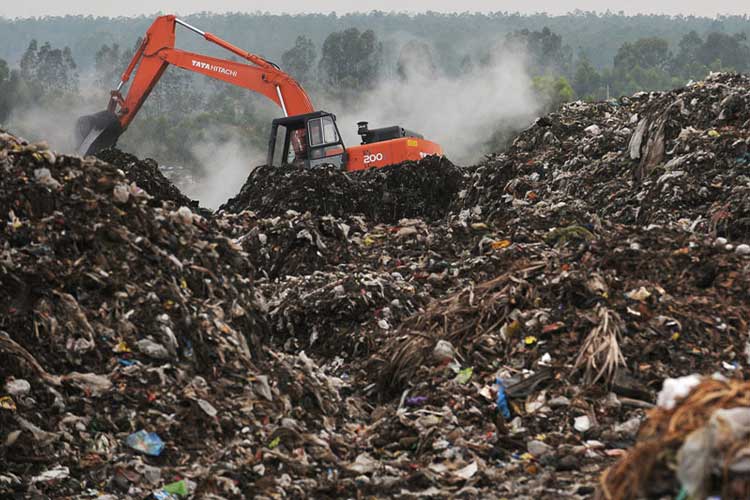

The nation is all set to add 571MW biomass, as per a report
July 03, 2023 | Staff Reporter | UAE | Facilities Management

The UAE, which has the largest biomass capacity in the Middle East and North Africa (MENA) region, is expected to develop its waste-to-energy (WtE) sector as part of the Middle East push into the nascent renewables sector. According to a report by a research firm, six out of eight WtE projects in their key projects data are located in the UAE, with a total capacity of 571 megawatts (MW). The report said these developments are supported by the government’s target to stop 75 per cent of its waste going to landfills.
One project, the Sharjah Waste to Energy plant located in the UAE, has generated enough electricity to power 2,000 houses over its first year, with the added benefit of diverting 90 per cent of Sharjah’s waste whilst reducing landfill emissions. With the UAE hosting COP28 this year, the market is focussing on reducing emissions, with WtE plants as a key component of this, says the report. The biomass capacity in the MENA region is also expected increase to 659MW by 2031 from the last year’s forecast of 231MW. MENA’s increased capacity is because of large WtE projects worth 400MW in the UAE, as well as a smaller 30MW project in Egypt.
The report noted that at a global level, biomass capacity will grow by about 31.4GW from end-2022 to 2032, with over 65 per cent of the growth expected to be in Asian markets. Mainland China will continue to lead the expansion of the biomass power sector over the coming years, with a net capacity growth of 6.9GW from end-2022 to 2032, accounting for more than half of Asia’s biomass capacity growth. Bioenergy, which includes both biomass and biofuels used in the heating, transport and power sectors, is a significant renewables component for India’s energy sector, making up 88 per cent of its total renewable energy supply in 2019. The report also said that India will overtake Germany in 2032 to become the fourth largest biomass market globally, driven by government support and a huge agricultural sector.